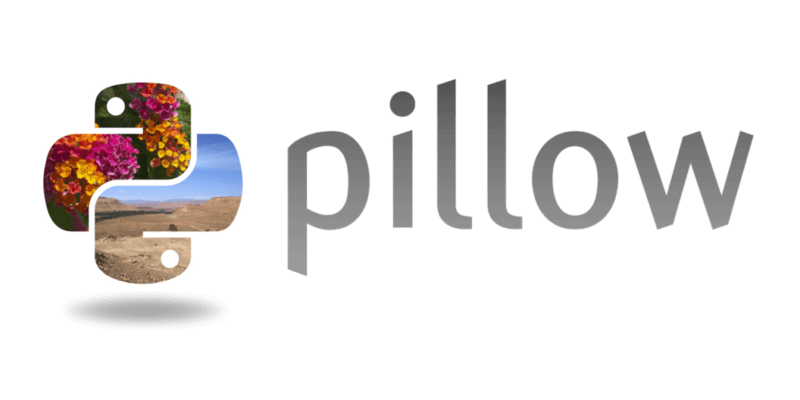In our everyday world, we come across a lot of data. A significant amount of this data is composed of images. These huge numbers of images in a random way are of no use to us. That is why they need to be processed before they can be put to any use, here are Top Python Image Processing Tools. The process that analyses and manipulates the digital image is known as image processing. Image processing is done with the primary aim of improving the image’s quality. It can also be used for extracting any information from the image that can be useful.
Some of the basic tasks that are included in image processing are displaying the image, rotating, flipping, or dropping the image, image restoration, image recognition, classification, segmentation, and so on. Image processing is becoming more popular day by day. Due to this reason, in the present, we have many spectacular tools for image processing in the community. In this article, we are going to discuss the best tools that you can use for image processing using Python.
Scikit Image:
Scikit Image works with NumPy arrays in implementing the algorithms and utilizing them. It is an open-source Python package that can be made use of in education, research, and even industrial applications. Even if you are new to development using python, it is very easy to use this library because of its straightforward nature. The code is very good quality and very well documented. You can find a lot of examples and practical use cases online as it is an open-source package. Two of the most common features of Scikit Image are its image filtering and template matching
NumPy:
In the Python programming language, NumPy provides support for arrays. It is considered to be one of the core libraries in Python and it is great for image manipulation because it reads images as a standard NumPy array that consists of pixels as data points. Therefore, with NumPy, we can work on an image with basic numpy operations such as fancy indexing, slicing, and masking. It is also possible to change the pixel values of any particular image. Full loading the image, we can use skimage and for displaying it we can use matplotlib.

SciPy:
Just like NumPy, another one of Top Python Image Processing Tools core scientific modules is SciPy. This module can also be used for basic image manipulation and image processing in Python. There are even functions in the submodels of SciPy that can operate on n-dimensional arrays of NumPy. Use functions that can do linear and nonlinear filtering and also binary morphology. Using SciPy, we can also perform measurements for objects.

PIL/ Pillow:
PIL stands for Python Imaging Library, which is a completely free library for the Python programming language. This library adds support for working on different formats of image files. We can open, manipulate and save all these image formats. The official PIL was last released in 2009 so its development is a little bit stagnated. But that is nothing to worry about because we have Pillow, which is a fork of PIL and being actively developed. As compared to the official PIL, Pillow is rather easy to install, has support for Python 3, and runs across all major operating systems.

OpenCV-Python:
One of the most widely used libraries for image manipulation in Python is the Open-Source Computer Vision library or OpenCV in short. The Python API for OpenCV is OpenCV-python. What makes Python a great choice for computationally intensive computer vision programs is that it is simple to write and deploy. Python is also very fast for such activities.

SimpleCV:
This is another one of the open-source frameworks that can help you build applications for computer vision. If you are using this, you will get complete access to many high-powered libraries for computer vision. By using SimpleCV, you can skip the part about learning the libraries in great depth. You can just start working with it without having to worry about the file or colour spaces and so on. The purpose of this Framework is to make writing machine vision programs easier. The learning curve for SimpleCV is much smaller than the individual libraries.

Mahotas:
Another one of the famous libraries of computer vision in Python is Mahotas. It is a blend of traditional image processing functions and modern computer vision functions. By using this, we get to use functions such as morphological operations and filtering combined with feature computation and so on. In this library, we see that the interface is chosen to be Top Python Image Processing Tools but the algorithms are implemented in C++. This is done for fast development combined with the speed of execution. This is a library with very few dependencies and very minimalistic code that is great for getting things done.

Pycairo:
We all know about the graphic library Cairo. Pycairo is a set of bindings in Python for the same library. Cairo is a library that is widely used for drawing vector graphics in 2D. The interesting thing about vector graphics is that there is no loss of clarity when we try to resize and transform them. With Pycairo, we can call all Cairo commands from the convenience of the Python programming language.

CONCLUSION:
We have discussed some of the most famous and useful libraries for image processing and manipulation in Python. You might have worked with some of the libraries or even heard about them. The good thing about them is that they are all free to use. If you haven’t heard used any of them you should definitely try them all to know which one is best suited for you.
